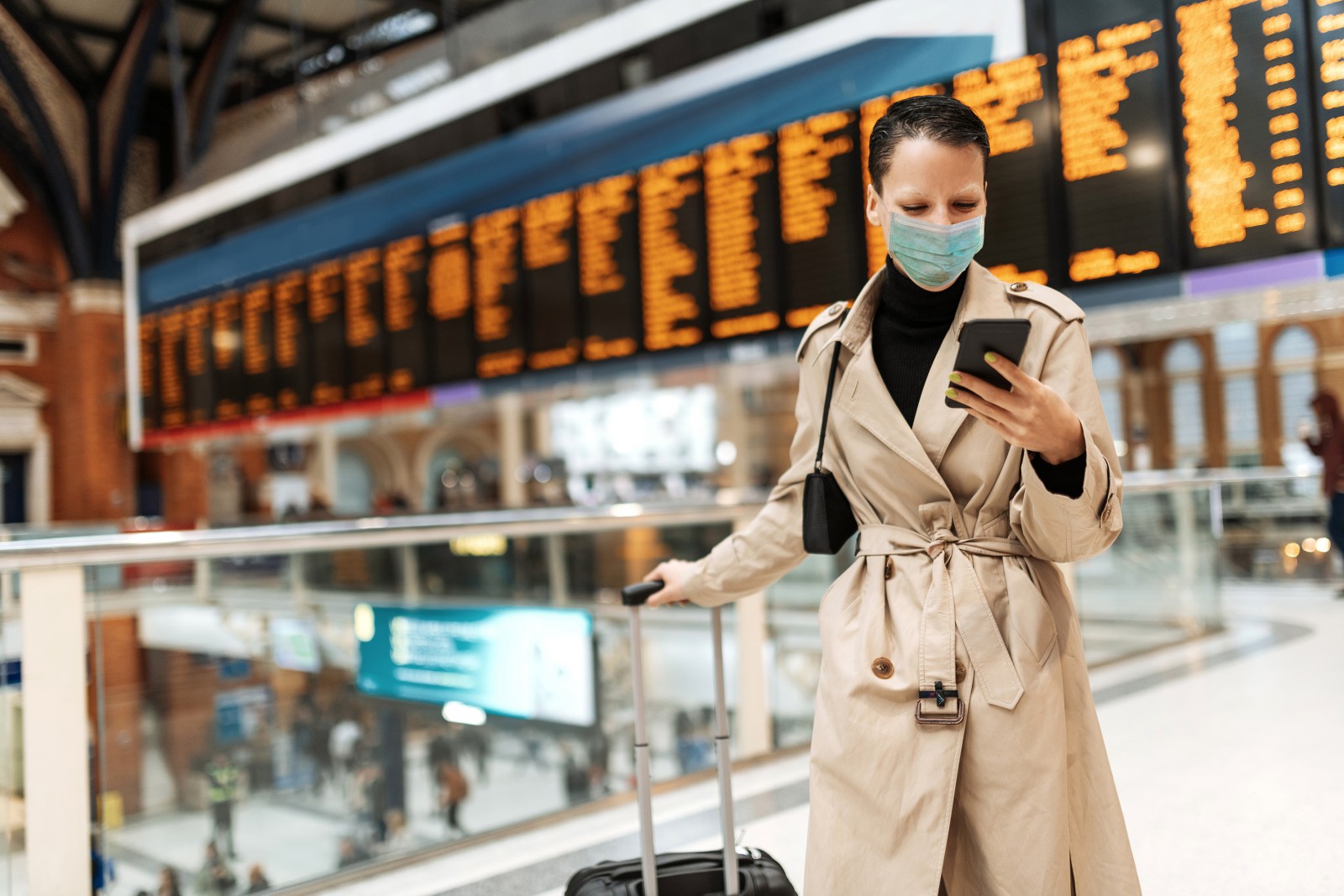Airlines and Airports are turning to digital solutions to ease disruptions caused by a swifter-than-expected post-pandemic recovery.
Subscribe to the Airlineratings.com newsletter to get the relevant news first
World’s Top Twenty Safest Airlines 2023
According to the industry’s digital IT provider SITA’s latest 2022 IT Insights Report, airlines and airports are looking to key technology solutions to fortify their operations against disruption while automating the passenger experience.
It says that the industry’s IT spending is projected to continue its steady year-on-year growth trend since 2020 to support the push for digitalization, with spending going towards boosting operational efficiencies and smoothing the passenger journey with biometrics and self-service.
Faced with a mountain of lost baggage and increased flight disruptions caused by global staff shortages airlines and airports are turning to greater use of technology to digitalize their operations and speed up the passenger journey by offering more self-service options.
SITA found that the industry’s IT spending is projected to continue its steady year-on-year growth trend since 2020 to support this push for digitalization, with a full 96 per cent of airlines and 93 per cent of airports expecting their IT spending to stay the same or increase in 2023 compared to 2022.
Last year airline and airport IT spending rose to an estimated US$37 billion and US$6.8 billion USD respectively.
David Lavorel, CEO, of SITA, said: “Air travel has recovered faster from the pandemic than anyone in the industry had initially expected, particularly in Europe and the US. While the recovery is welcome, airports and airlines have found themselves on the back foot with staff and resource shortages. This has put a strain on operations, resulting in an increased risk of congestion, delays, cancellations and mishandled baggage. Digitalization is seen as key to addressing these challenges, providing more scalability and flexibility.”
SITA found that digitalizing operations to achieve more with fewer airlines are placing great emphasis on IT tools to manage irregular operations and provide the best passenger experience possible even amid staff shortages.
Over the next three years, 90 per cent or more of airlines are investing in IT service management enhancement and disruption warning systems, as well as business intelligence initiatives for aircraft turnaround management, passenger processing, and baggage processing.
Business intelligence solutions are at the forefront of airport IT investment priorities too, with 93 per cent or more planning business intelligence initiatives for asset management and flight operations by 2025.
By 2025 SITA reports that half of the airports are seeking to implement automated predictive alerts prior to flight disruption events as well as business intelligence initiatives to enable scaling of operations based on demand.
Both airlines and airports are investing in key technologies to smooth the passenger experience across every step of the journey, to help curb bottlenecks and in turn allow redistribution of key staff resources to focus on more complex tasks.
SITA says that airlines have identified self-service technologies as key to helping manage irregular operations, and this remained their top investment priority in 2022, with touchless solutions and biometric ID management following closely.
According to SITA to support effective baggage management and empower passengers following a period of significant disruption, a majority of airlines plan to provide real-time baggage tracking information to passengers by 2025.
Airports are similarly prioritizing self-service initiatives, placing a strong emphasis on self-check-in and self-bag drop, with 86 per cent planning implementation by 2025.
Airports’ implementation of a secure single biometric token across all touchpoints has surged from just 3 per cent in 2021 to 39 per cent in 2022, with over half planning implementation over the next three years.
This says SITA signals a strong commitment to the next-generation travel experience where passengers can breeze through the airport using their face as their boarding pass.
























